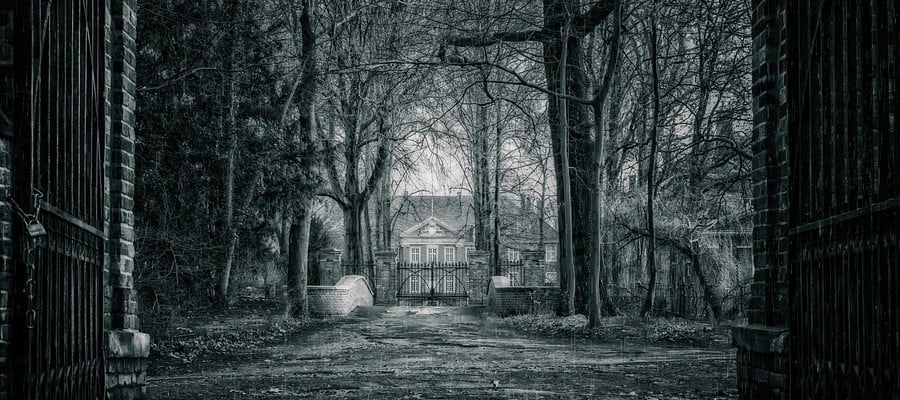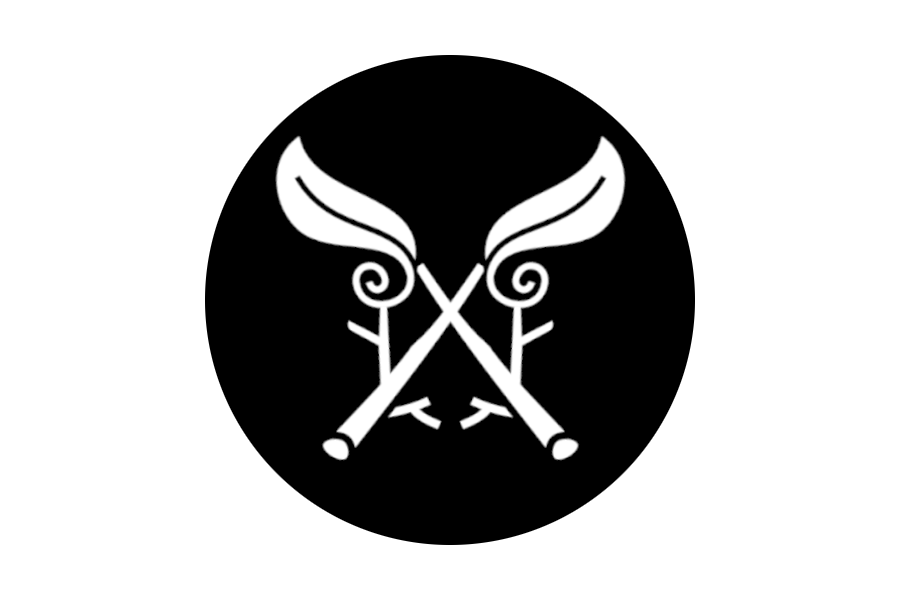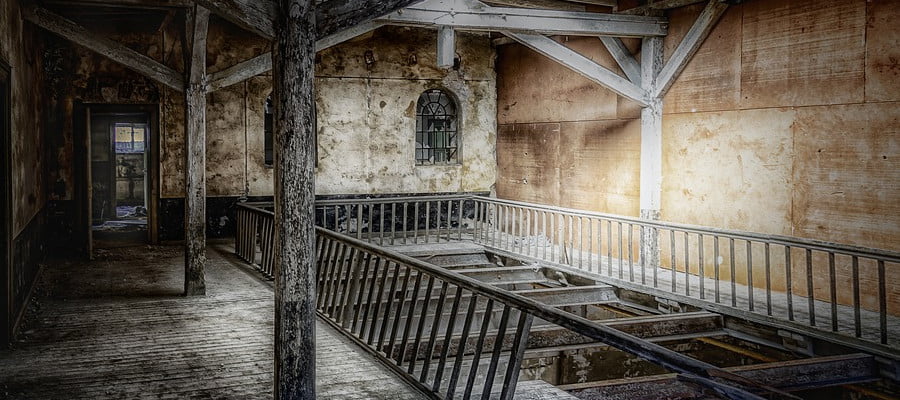The largest single nation on the Cobrin’Seil continent of Bidestra is Dal Raeda. That is, at least, for those who measure around the edges of the nation, following its perimeter along each distinct shape, and measuring out the distance there. Of course, this does not accommodate for a measurement where an observer takes the furthest points of the nation, at all of its edges, and maps the space that contains; if one measures by that means, then obviously the largest nation on the continent of Bidestra is the Eresh Protectorates, a set of city-states strung out like beads on a string across the King’s Highway. A box, drawn to contain all of those cities, thanks to their distance between one another, could almost contain the entirety of the continent. A third method of measuring exists, where one looks for the area dictacted within the boundaries of the land mass, and composites together that space, such that deep canyons and tall mountains can exert influence on the scale of the nation.
By this metric, as uncertain a measurement as it can be, then the largest single nation on Bidestra is easily one of the six empires that occupied the peninsula known as Szudetken (pronounced schoo-det-ken).
Situated up to the north and east of the continent, the peninsula of Szudetken has been circumnavigated numerous times, and measured quite accurately from outside. It is a fact well proven that the entire peninsula does not eclipse, in its whole breadth, even half the size of the Dal Raedan provinces. And of course, Szudetken is not a single nation – it’s a peninsula, with six countries within its boundaries, setting aside a number of small fiefdoms and vassal states. Still, Szudetken has, at various times, been entirely conquered by one of those nations, which eventually fell and were conquered by another one of those states. This has entangled the cultures within the peninsula with one another, and, when any one of those Szudetken empires was fully ascendant, would mean that one national power controlled the whole peninsula.
Whichever of the Empires that is, then, would be in charge of the peninsula that was and still is being mapped by the triangulation cartography of Ebus Du Barrathan. The method, as is widely understood, is that Ebus, starting at one corner of the peninsula, took detailed mathematical measurements of angles of a triangle, then calculated the distance of it, slowly but surely deducing the scale of the terrain in stages. This process creates a very detailed, very accurate map, and its only failing as a technique is the time taken to do it. So much time in fact that Ebus, realising the end of his life was drawing near, took on a voluntary curse of Vampirism, a curse that did not make the old man’s penchant for excruciating detail any less acute.
This map, which has been released across multiple volumes, has accounted for an area within the boundaries of the Szudetken Empires that is easily three times the size of the entirety of Dal Raeda. What was at first going to be a map then became a volume of maps and now a series of sets of volumes indicates that there is something amiss about the mapping of the Szudetken. The peninsula is larger inside than it is outside.

Furthermore, the seven highways of the province are challenging to navigate, as they tend to pull travellers to a central location before leading to wherever they were trying to go.This central location, a ring of six menheirs, in a central henge, appears on numerous maps, which further complicates reading the Ebus maps. Strangely, these maps are almost impossible to obtain outside of Szudetken, and it’s only in recent years that some measure of communication has begun between the Szudetken nations and their nearest neighbours. Most nations within the Szudetken hold to some beliefs about the greater world that make trade and communication challenging, even as they open up in recent days.
Where the geography of the Szudetken can agree, however, is the six great nations of Szudetken, each of which, at some point, owned the peninsula, having conquered each of the others, at some point or another. These empires each lasted for centuries at a time, and most of their history was destroyed in various purges; it’s a simply accepted fact amongst the Szudetken that there’s an empire of Szudetken, and the nation that controls it changes from time to time, usually after a period of collapse. Currently, they are in one of those collapses, meaning that the six nations are distinct from another, at the moment, for the time being.

Crucesbough, the Empty Church
In terms of absolute area of control, Crucesbough is one of the smallest nations in the Szudetken. In terms of population it’s probably the largest. Known for its large, densely populated cities spread near the borders of other nations, Crucesbough can be seen almost as a demonstration of the Eresh Protectorate principles, done without any of the same eye towards infrastructure.
The cities of Crucesbough are towering, and they have mastered medical sciences to a point where the main way these cities’ population increase is not birth but immigration. People come to the city for treatment with medical ailments, or to still mental health problems, and the Crucesbough medicants find some way to help address those things in a way that works out best for the city.
Crucesbough is also considered to be one of the great centres of faith, with their towering Cathedrals, which are also, never used. The point of the cathedrals, known as Empty Tombs, is to hold the people’s divine will and spiritual focus; they are not allowed to enter the building, and indeed, any time the building has people in it, it is considered a dilution of this divine purpose. In almost any given Crucesbough city, one of the largest buildings in a district is, inevitably, one of these empty churches.

Crucesbough is ruled over by a pair of powers, the City Obligate, First To Vote, and the Righteous Word of the Empty, a church leader. To keep these two individuals apart so they can focus on their own work and not endlessly debate with one another, they both have large, dedicated palaces, kept up high and away from the city’s common population.
As for most everyone else in Crucesbough, the cities are dense, interlocking, and overlapping, with many redundant pathways, staircases, ladders and ramps amongst their places. They are also typically cold, creating the iconic image of a Crucesbough traveller wearing a heavy scarf, a tricorn hat, and a doughty leather coat, which is also probably concealing weapons.
If you have lived in Crucesbough, you know about the culture’s focus on and need for blood. New blood, blood of the martyrs, bloodymindedness, monthly bleedings, blood will out, noble blood and blood debts, it seems that the medical advances in the city and their resultant chirurgeron culture has created a society where blood is valuable, even to the point of being a currency.
And that’s probably best to leave there.
Inspirations: Bloodborne, Frankenstein, Werewolf stories